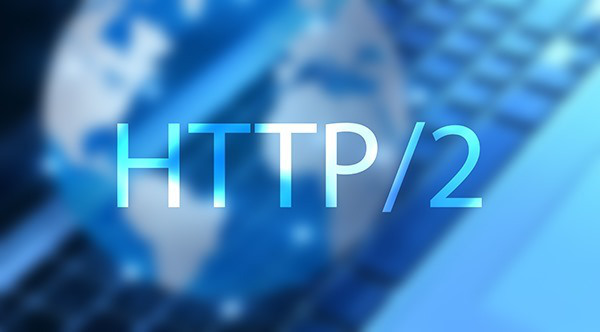What is HTTP/2 and Why Should You Switch Your Website Over to It?
Discover how the new HTTP/2 can improve your website in many ways.
It was in 1999 when the last version of HTTP was approved, the HTTP/1.1. The problem is that while it has served the web well enough over the years, it is still inherently limited in various ways.
For one, its performance doesn’t make full use of available bandwidth. It has become increasingly more complicated to design and maintain a website because the client and the server keep increasing the consumption of resources.
Benefits of the HTTP/2 Update
But now we have the HTTP/2 update. With the introduction of a new HTTP protocol by the Internet Engineering Task Force (IETF), your website can enjoy several benefits when you make the switch:
1. Your website will load faster.
This is achieved in several ways. First, HTTP/2 transfers all data as a binary format. This makes your web page more compact, and so it doesn’t take as much time to be transmitted.
It also enables dealing with multiple data requests, unlike before when only a single data request can be addressed at a time. And finally, it has the Server Push feature. The server will send the full contents of a webpage at a time, except for the elements that are already in your local cache.
2. HTTP/2 reduces overhead. Each HTTP connection requires data in the HTTP header.
The problem before was that there were already 116 different header fields back when headers were standardised in 2005. All these had to be sent with every element of every web page. A lot of the data were just duplications, and each page often has about 80 elements that need an HTTP connection. With 1 connection averaging 1,400 bytes, a web page averages more than 1 megabyte in size.
But with HTTP/2, the header data is compressed. This in turn reduces the overhead, and also makes page loading faster.
3. It can make websites more secure.
Its higher performance makes it easier to use encryption. The Internet Security Research Group is encouraging the use of encryption everywhere on the Internet, and HTTP/2 makes that a realistic objective.
4. It can improve SEO.
The improvement in the loading speed can also boost your Google ranking. Google’s Gary Illyes confirmed that HTTPS will improve your Google rankings, and Chrome and Firefox supports HTTP/2 over HTTPS.
Potential Drawbacks
Switching to HTTP/2 makes a lot of sense, but of course there will be additional work required. First, you’ll need to optimize your web pages for HTTP/2. If your web pages are all optimized for HTTP/1.1, switching to HTTP/2 may slow down your web page loading initially.
As for security, many firewalls and proxies aren’t compatible with HTTP/2 so they will have to be replaced or upgraded first.
But eventually, every website will be using the HTTP/2 protocol. The benefits are simply too many, and any potential problems that can arise from the switch can easily be overcome. It may take a year before implementing and optimising for HTTP/2 can be finalised, but the faster loading times, the increased security, and the SEO benefits will be well worth it.


No Comment